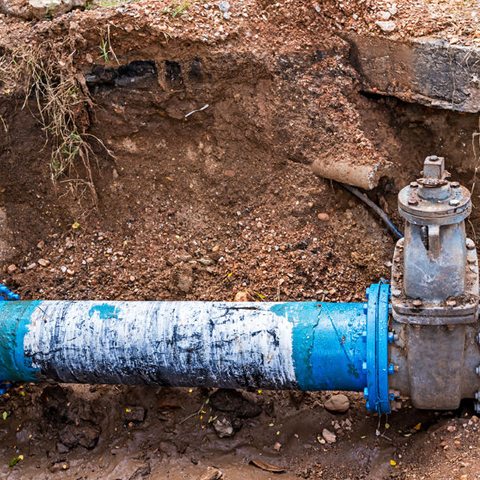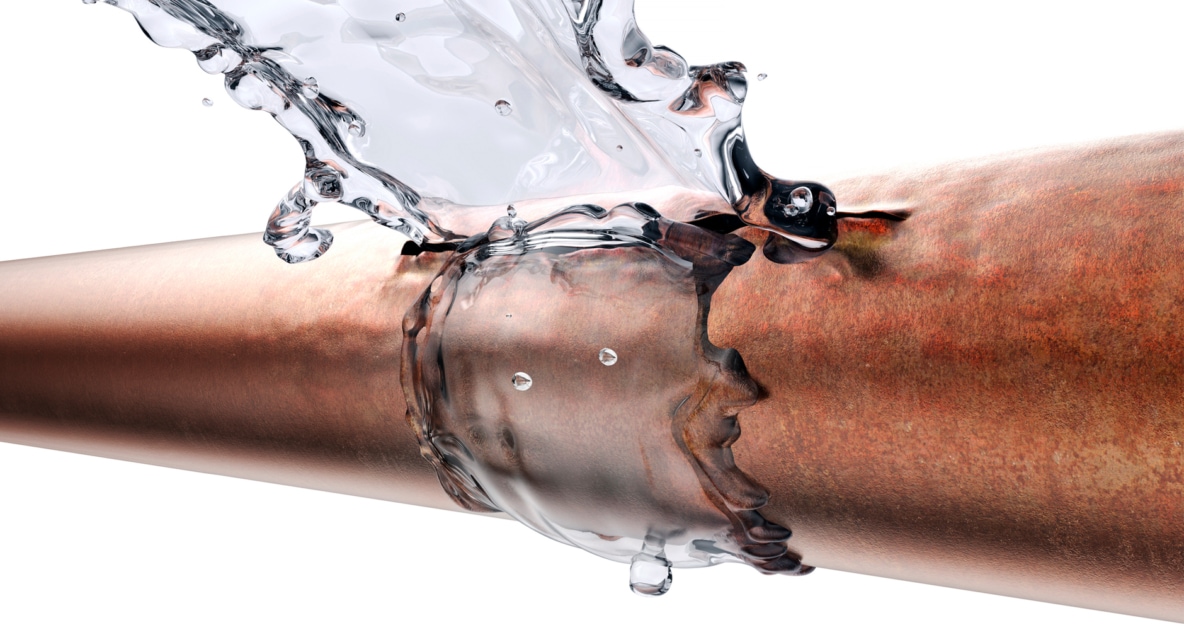Stop the Flood: Techniques for Detecting as well as Repairing Ruptured Pipes
Stop the Flood: Techniques for Detecting as well as Repairing Ruptured Pipes
Blog Article
What're your ideas regarding How to Prepare for Your Dishwasher Installation?

A ruptured pipeline is a significant emergency; you can only stand as you view water you pay very much to rejoin with the planet. In worse situations, you observe a swimming pool on your cooking area flooring, which is an excellent journey risk, specifically if you have children around. If the pipe that burst remained in your wall surfaces, trouble: you might require to paint that entire section.
How can a catastrophe like a ruptured pipeline be protected against and managed? Well, by listening to your expert emergency plumbing professionals and also following these rules.
How do I know when my pipes have burst?
Varying water pressures
Pipelines do not simply burst in a day. You might have observed that your kitchen area faucet or shower does not run promptly when you turn the faucet. It may stop briefly for a few seconds and then blast you with more force than typical.
In other instances, the water may seem normal at first, after that decrease in stress after a couple of secs.
Damp walls as well as water stains
Before a pipe ruptureds, it will certainly leakage, the majority of times. If this relentless dripping goes unnoticed, the leak may finish right into a large tear in your pipe. One easy means to prevent this emergency is to look out for wet wall surfaces ad water stains. These water discolorations will certainly lead you right to the leak.
Puddles under pipelines and also sinks
When a pipe ruptureds, the discharge develops a puddle. It might appear that the puddle is expanding in size, and also despite how many times you wipe the puddle, in a few mins, there's one more one waiting to be cleaned. Usually, you may not be able to map the puddle to any kind of visible pipes. This is an indicator to call a professional plumber.
Untraceable trickling sounds
Pipeline bursts can take place in the most unpleasant locations, like within concrete, inside walls, or under sinks. When your house goes silent, you might be able to listen to an irritatingly persistent leaking noise. Also after you've inspected your shower head and cooking area tap, the trickling may proceed.
Dear viewers, the dripping might be coming from a pipeline inside your walls. There isn't much you can do regarding that, other than tell a specialist plumber.
Turn off the Water
When water ices up, it expands in quantity by about 9 percent. As well as it expands with incredible pressure: The pressure inside pipelines may go from 40 extra pounds per square inch to 40,000 psi! No pipeline can hold that much pressure, so it bursts. The break may happen where the ice kinds, but regularly, it occurs where water pressure locates a weak spot in the pipeline. That may be inches and even feet from the icy area. Discover the water shutoff valve and also turn off the water to avoid even more damage. You may additionally need to turn off the power too, depending on where the leaks takes place and also how huge it is.
Infected water
Many people presume a ruptured pipeline is a one-way outlet. Rather the contrary. As water spurts of the hole or wound in your plumbing system, contaminants find their way in.
Your water may be polluted from the resource, so if you can, inspect if your water tank has any type of issues. Nevertheless, if your alcohol consumption water is provided and also detoxified by the local government, you need to call your plumber right away if you see or smell anything funny in your water.
What do I do when I identify a ruptured pipeline?
Your water meter will certainly remain to run also while your water wastes. To lessen your losses, locate the major controls and also transform the supply off. The water pipe are an above-ground framework beside your property.
How to Fix & Detect a Leaking Pipe
How Do I Know if a Pipe is Leaking?
Leak detection tests can help you determine if your pipe has a leak. Even if you don’t see an apparent leak, you should still conduct leak detection tests regularly to save water and money—and prevent major damage to your home.
Water meter. It can be helpful to figure out what your usual water meter usage numbers are and then monitor them regularly. To monitor your meter, first, turn off all water faucets in your home. Check the meter and write down the numbers. In a few hours, check the meter again. If the numbers have changed, you have a leak. Water gauge. Use a water gauge to test your water pressure. Your showerhead should produce a certain amount of water pressure based on its model and design. If the pressure is lower than it is supposed to be for that specific showerhead, your home likely has a leak. Puddles. Look inside your bathroom, laundry, and kitchen sink cabinets. Puddles around the cabinets or around toilets, tubs, showers, and washing machines indicate the presence of a leaking pipe. You may also notice loose tiles, peeling or flaking paint, or mold caused by water accumulation. Napkin test. Even if you don’t see any puddles, you may still have a leak. You can test for water leaks in the bathroom, laundry, and kitchen by wiping below-sink connections with a napkin, paper towel, or piece of toilet paper. If it becomes damp, you probably have a leaking pipe under the sink. Discolored walls. Walls that are discolored—usually with brown or yellow stains—or bulging might mean that they have been impacted by water damage caused by a leaking pipe. Smell. A leaky pipe will create sitting water, and over time, that water may develop a musty smell. If your home smells musty, but you can’t locate the source, it may be due to a leak. Steps for Fixing a Leaking Pipe
A leaky drain can be remedied by tightening the pipe base, replacing the drain seal, caulking the rim, and tightening the pipe nut. Similarly, a leaking toilet pipe can be treated by tightening the packing nut. You may also need to replace the valve. A leaky faucet may just need tightening or replacement of the washers. If that doesn’t work, consider replacing your faucet. If your pipe has a hole in it, you may want to use a pipe leak sealer or pipe leak tape. This quick fix for water pipe leaks can also temporarily fix a copper pipe leak. https://www.ahs.com/home-matters/quick-tips/how-to-tell-if-pipes-are-leaking/

I found that page about What to Know Before Installing a Dishwasher while browsing the web. Sharing is good. One never knows, you could be helping someone out. Thanks a lot for taking the time to read it.
Request Estimate
Report this page